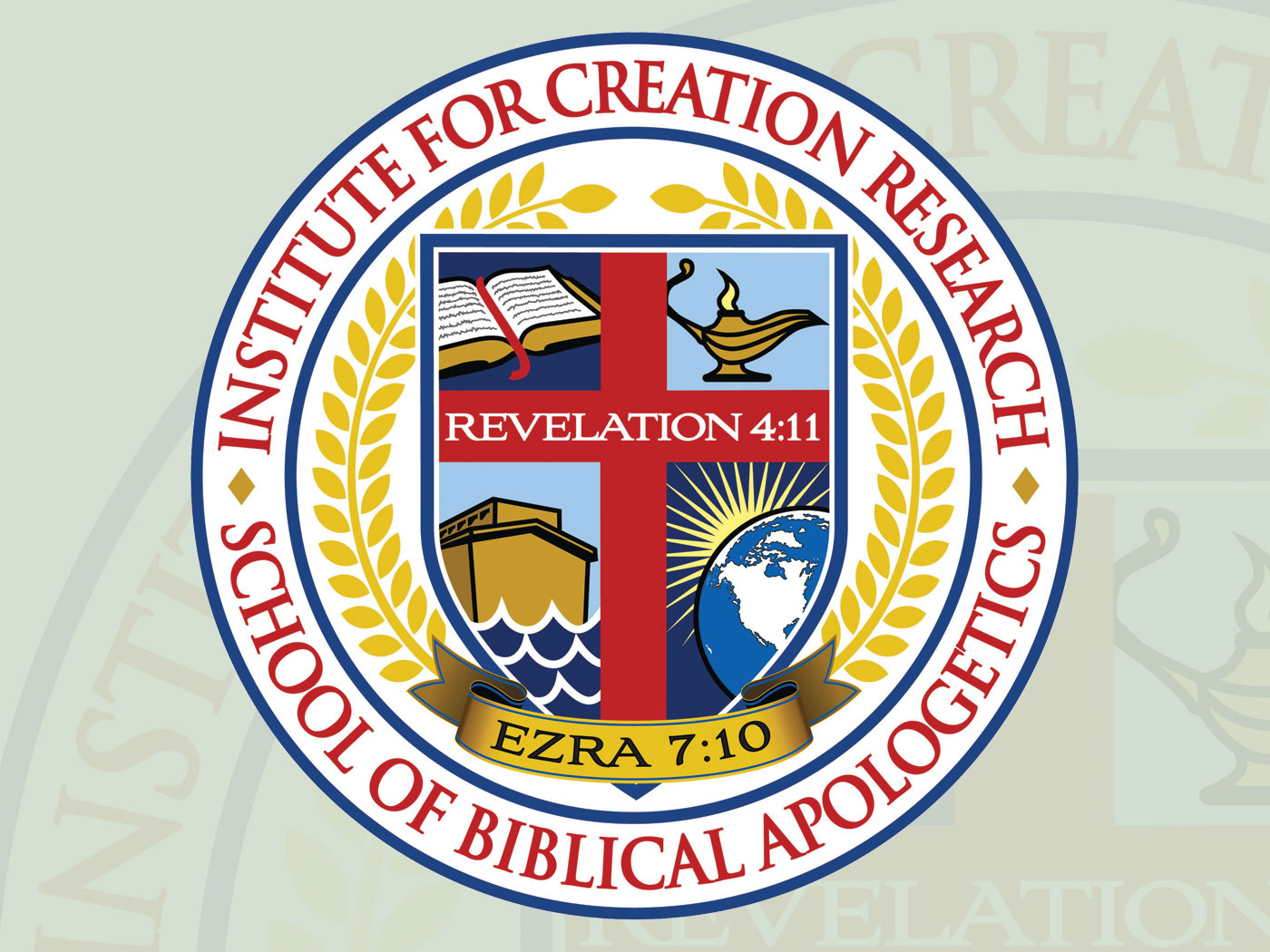The other night at bedtime, after we had read a Bible story and prayed, my oldest daughter, Chara, aged 8, fired a series of questions at me which came from her innermost being. "How do I know if creation is true? In fact, how do I know if there really is God I've never seen Him. The girl next doors' teacher believes in evolution. How am I supposed to know?" Appreciating her questioning spirit, I promised to do a set of creation "experiments" with her that weekend, and her excitement grew as the weekend approached.
When the time came, I presented her with a series of four grocery sacks, each to be examined in turn. I explained that God no longer creates as He did during creation week (Gen. 2:1-4, Ex. 10:1 1, etc.), but that if He has created we ought to be able to tell it by observing the things He has made. By way of analogy we discussed how to tell if a person had "made" (i.e., created) something. She determined that a human "created" object would be designed, it would have some purpose, and it would require some intelligence to make it.
The first sack contained a series of rocks, several from the driveway, and a piece of polished marble, a rounded turquoise, a stone arrowhead, and a concrete brick (i.e., man-made "rock"). She methodically examined each one, correctly identifying those with design, purpose (even though she didn't always know the specific purpose, she knew it must be there), and underlying intelligence. The next sack was a similar array of wood, several pieces quite rough, a twig, a tongue depressor, a wooden button, and a carving. Again, she could easily discern the evidence for "creation."
Next she examined a stack of paper. One page was blank; one had random blobs of paint on it, neither showing human intelligence. A page of scribbling was correctly identified as of human origin, for although it was a mess, it was not something that could "just happen." Next were a page from a magazine and some of my own sloppy artwork. Then came a note from me expressing my love and support for her in her quest. She was getting the point. There is a difference between things that are purposefully made and things that just happen.
Next, I showed her pictures of animals and plants from a biology book, and explained how each living thing is made up of many complex cells, which were also shown. At a smaller scale, I explained the DNA code, which was both pictured and sketched, which contains more information and design than is in all the books in San Diego put together. All of that information must be read and followed for each cell to continue living. She recognized that such marvelous design could only come about if designed by someone very intelligent-more intelligent than any of today's scientists.
The last sack contained several more driveway rocks (granite, with no fossils), several rocks with fossils in them, a dried sea horse and sand dollar and a flower. Her questions were answered, all living things are the handiworks of a creator, and even nonliving rocks accomplish a wonderful purpose, for without them there would be no place to live.
There may be other questions or times of doubt ahead for her, but I am sure she will never forget the conclusions she reached that day. No amount of "education" will convince her that order can naturally come from disorder.
*Dr. John Morris is President of ICR.

















